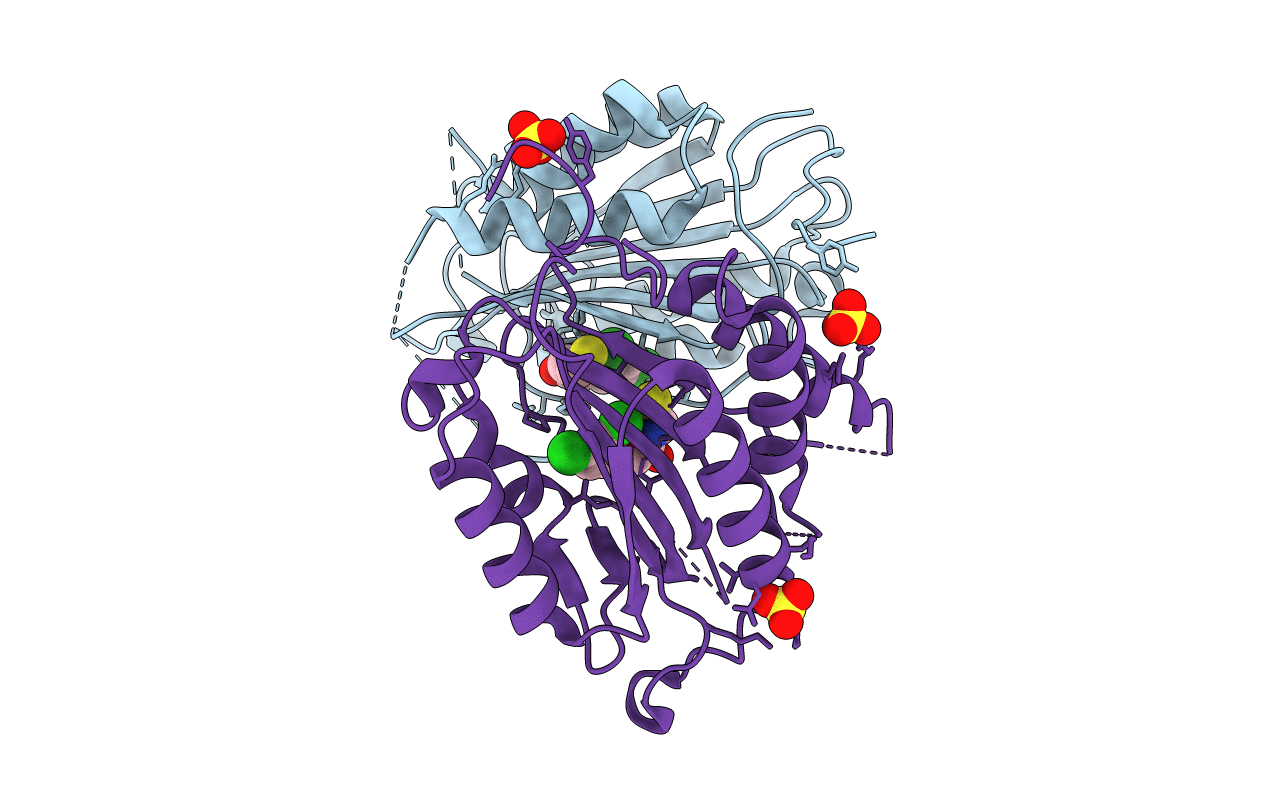
Deposition Date
2004-02-25
Release Date
2004-08-17
Last Version Date
2024-11-06
Method Details:
Experimental Method:
Resolution:
2.80 Å
R-Value Free:
0.28
R-Value Work:
0.24
R-Value Observed:
0.24
Space Group:
P 32 2 1


